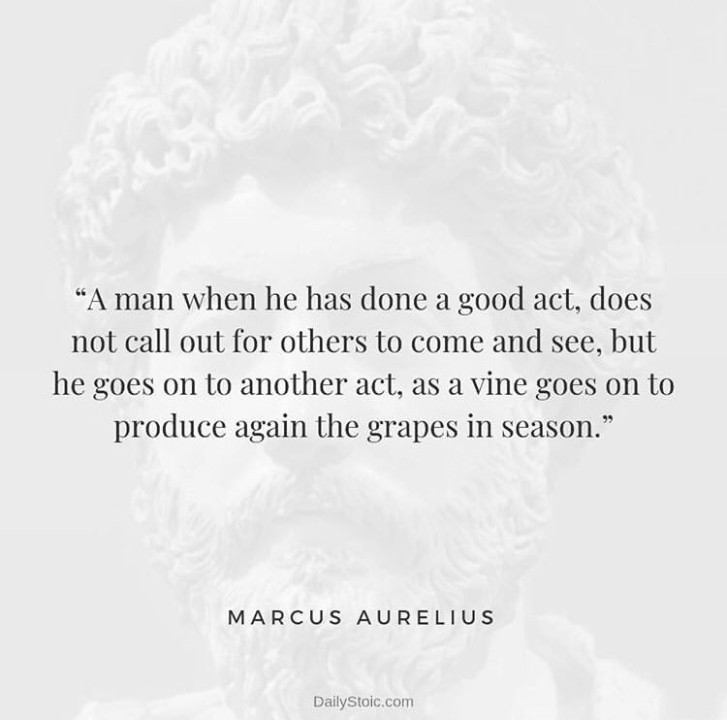Two roads diverged in a yellow wood,
And sorry I could not travel both
And be one traveler, long I stood
And looked down one as far as I could
To where it bent in the undergrowth;
As I reflect, a few pivotal decisions have shaped who I am today. As a fifteen-year-old, the decision to quit playing cricket for Santhome High School in Chennai (one of the best that produced a handful of Indian cricketers) was a tough call. The decision to switch two colleges in the US before landing at Purdue required considerable grit to pull off. The decision to take a job at Intel versus joining a startup in the Valley (which got sold for a $1B+), taught me the importance of taking risks. And, the move back to India in 2010, was a calculated decision executed over two years with the steadfast support of my wife.
I’m sure as we reflect, each of us has made decisions – both personal and professional – that define who we are today. Whether we are an individual contributor or managing a large team, our decisions deeply determine our outcomes in life. Let us take a closer look at decision making – different types, good processes, reasons for wrong ones, biases, and some tools to improve future ones.
We will start with the types of decisions we usually make. There are different frameworks, but let us use the lens of important vs. urgent (we naturally end up spending time fire-fighting urgent situations vs. what’s truly important) as one dimension. And, as the other, let’s look at Reversible vs. Irreversible decisions as discussed by Jeff Bezos.
The first step is to figure out if a particular decision is essential or not. If non-important, best to drop it if possible rather than delegate and waste someone’s time. Sometimes managers delegate this bucket and suck up the time (which is the only genuinely perishable resource) of the team. Our goal is to try and spend as much deep work time as possible on important and irreversible decisions (e.g., should we enter into an M & A situation). And when it comes to Urgent and Irreversible decisions, the priority should be to see if we can buy time to get to the right choice – in the investment world, this could be a startup investment opportunity that needs a decision in a few days. When this is truly not possible, then we pull in a war-room to address this type of decision with the help of delegation. And once fixed, figure out a way of making this a planned decision the next time around.
Like many things in life, it is vital to have a process for decision making that we can consistently follow to increase the odds of making better decisions over time. For example, every time I meet a new startup, there is a standard set of topics I cover that I have continuously fine-tuned over the past decade while meeting thousands of companies. To come up with a good process for decision making, let us apply a powerful technique called Inversion and look at the top three things that can go wrong with a decision and try and fix that through our process:
- Problem/Goal not clear: It is vital to align on why a particular decision matters and the criteria for success of a decision (and conversely failure).
- Wrong inputs/data: Gathering the right data to make the correct call is essential – and not to get into an analysis paralysis while at this step but to focus on the crucial information that matters.
- Wrong interpretation/biases: Despite doing the above two steps correctly, very often, we give in to the wrong interpretation of inputs mainly due to our biases. Here’s an excellent checklist for avoiding these biases.
While gathering inputs, it helps to look for disconfirming evidence that goes against our cherished beliefs – this was crucial for Darwin and is called his Golden Rule.
“I had, also, during many years, followed a golden rule, namely, that whenever a published fact, a new observation or thought came across me, which was opposed to my general results, to make a memorandum of it without fail and at once; for I had found by experience that such facts and thoughts were far more apt to escape from memory than favorable ones.” – Charles Darwin
Applications
Now that we know the framework and process for better decisions, let us study a few tools for better decision making in this section and in highlights:
- Decision journal: I initially read about the concept of a decision journal in Farnam Street and have maintained one for investment decisions for quite some time. It has been beneficial to reflect on decisions and get better at it. Going forward, I want to try and do this for other important decisions as well. And to that effect, here is a template in Notion that we could all use (sample entry on why I decided to Publish this Decision Journal).
- WAR on Decisions: In the book Decisive, Chip and Dan Heath present three easily implementable tools to make better decisions – (W)iden your decision options, (A)ttain distance from short-term emotion, and (R)eality test your assumptions.
- 6-hats: This is a well-known technique developed by De Bono that we can use individually and with teams to wear 6-different hats while deciding. These are: Analytical (White), Feelings (Red), Optimistic (Yellow), Pessimistic (Black), Creative (Green), Management (Blue).
Highlights
Gut calls vs thinking slow: These are two ends of the spectrum. We need to know when to make quick gut calls at the blink of an eye and when to slow down our decision making and use second-order thinking to make better decisions. These videos give us two perspectives: one from Malcolm Gladwell on making high-quality gut calls in Blink, and one based on Daniel Kahneman’s masterpiece on Thinking Fast and Slow. Both these are fantastic books on decision making. Here is a compilation of some of my favorite books on decision making for those interested.
Spotlight
And finally, let us listen to one of the best leaders on the planet today. Jeff Bezos talks about his decision to start Amazon and a decision making framework called “Regret Minimisation” that he has used in the past. He reiterates that its ok to be wrong and fail, the topic we discussed last week, but not to make life decisions we will regret later.
Quote
“Two roads diverged in a wood, and I—
I took the one less traveled by,
And that has made all the difference.”
– Robert Frost
As we spend time reflecting, let us prepare ourselves to look at those pivotal decisions in the eye, and make the calls boldly without any regrets about the road not taken, in the years to come.





